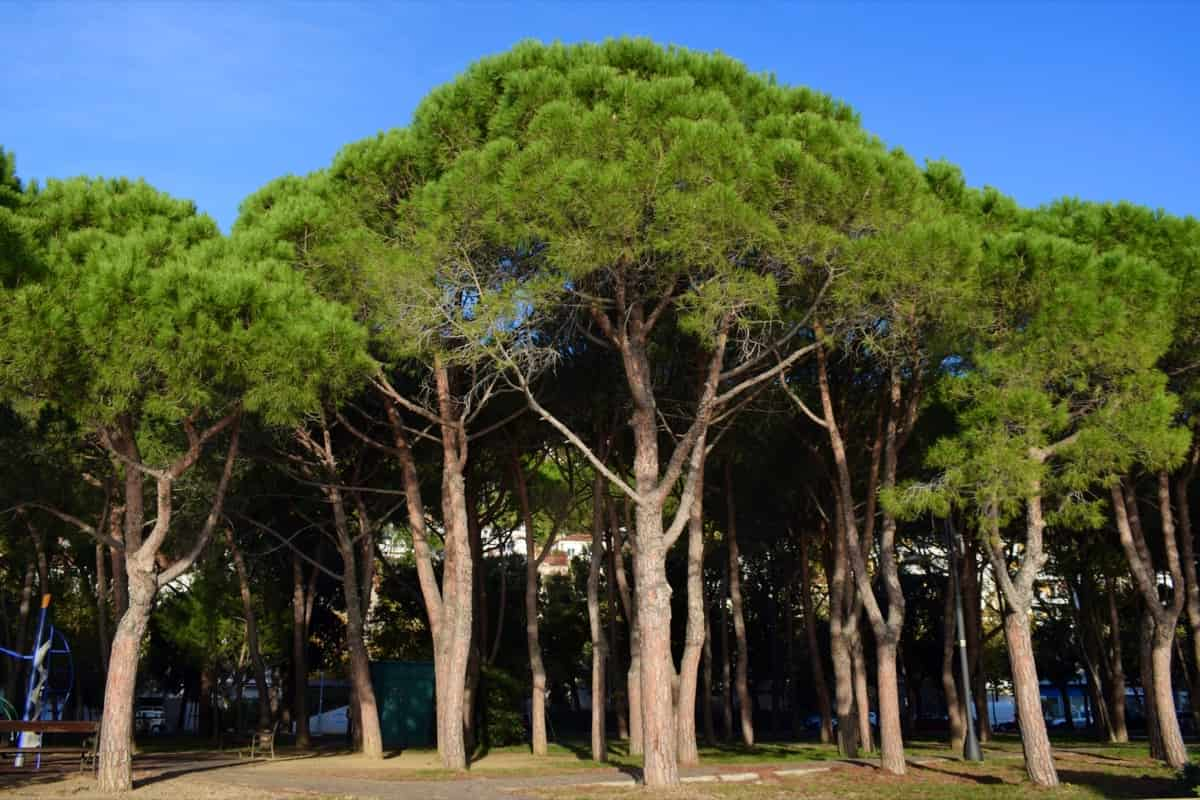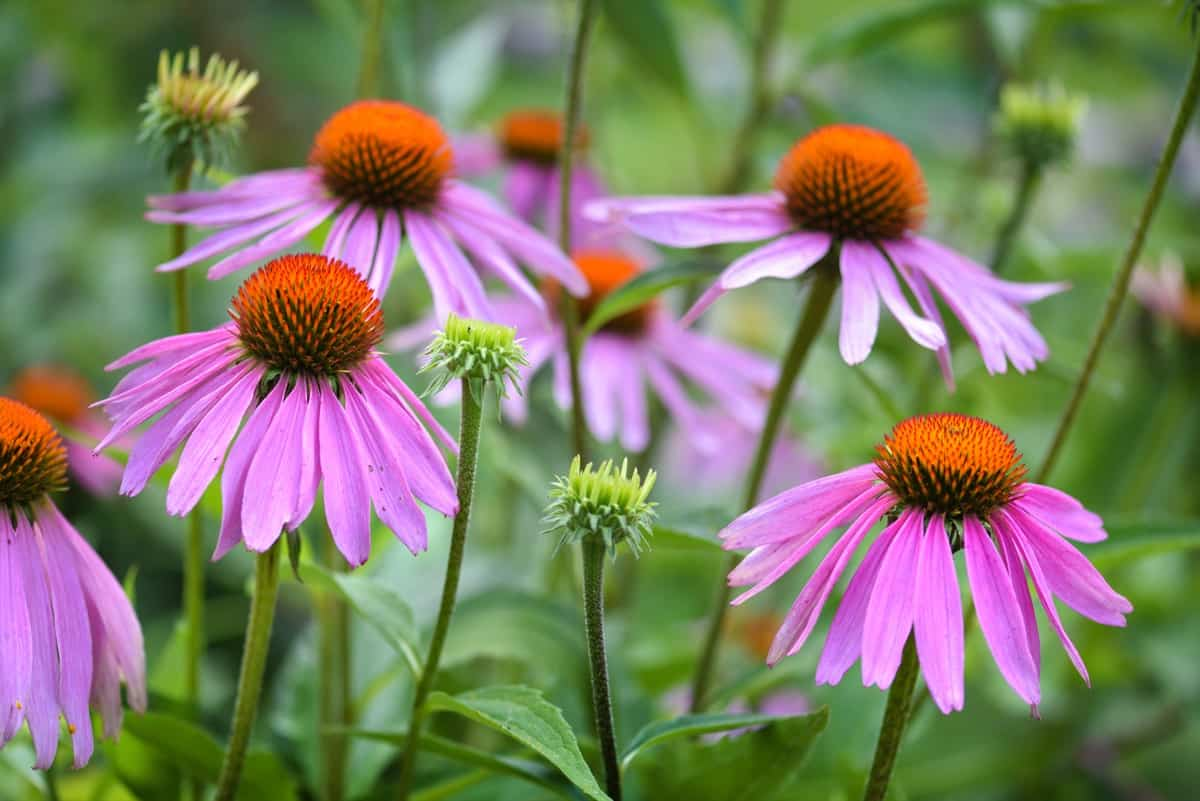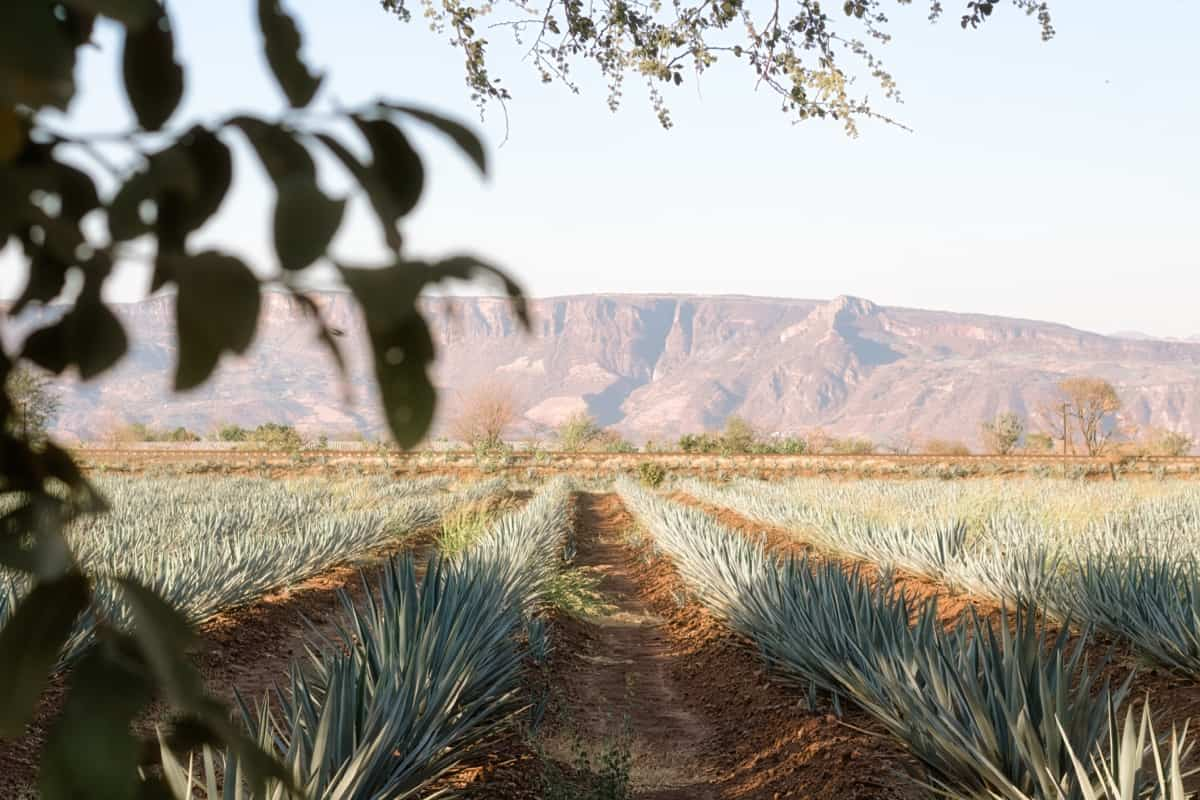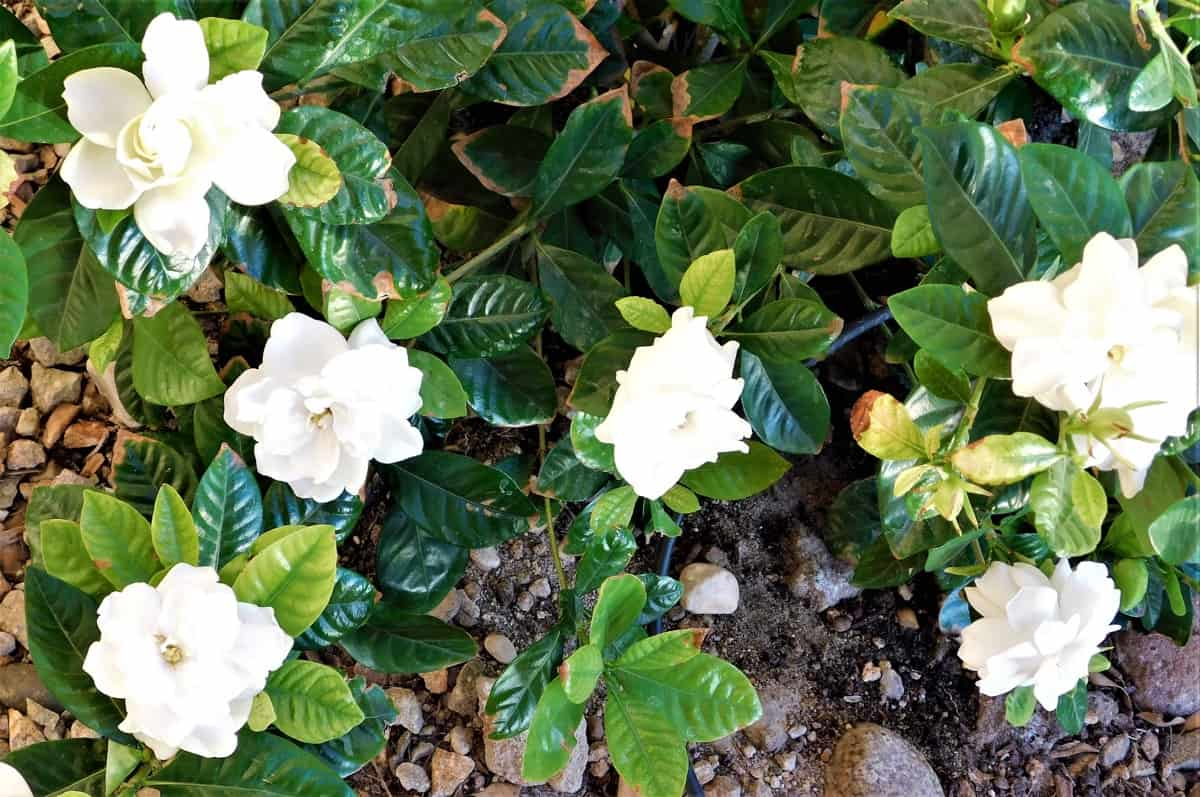USDA Zone 9 offers diverse gardening opportunities, from flowering shrubs and towering trees to drought-tolerant and container-friendly plants. This comprehensive guide explores the best plants for this zone, helping you create a beautiful and resilient garden.
The Best Plants For USDA Zone 9
Understanding USDA Zone 9: A Comprehensive Guide to Climate and Plant Hardiness
USDA Zone 9 has mild winters and a long growing season. This zone encompasses areas in the southern U.S., parts of California, and even sections of Texas. What flowers are best for Zone 9? You’ll find a variety of flowers, perennials, and annuals suited for this region. The zone 9 planting guide for flower perennials suggests various options that thrive in both full sun and partial shade.
Here, you can explore full sun drought tolerant plants in zone 9, zone 9 plants in drought tolerant varieties, and even get zone 9a landscaping ideas. The region also includes sub-zones like 9A and 9B. What grows best in zone 9B? You’ll find similar plants that thrive in 9A, with a few more heat-tolerant options. What plants grow in Zone 9B? Expect a plethora of zone 9 perennials in full sun, zone 9a plants and trees, and zone 9a flowers, as the weather accommodates a wide array of plant species.
Exploring the Diversity of Plants Thriving in USDA Zone 9
This zone offers a versatile range of options for gardeners. Whether you’re looking for ornamental grasses or vibrant blooms, there’s something for every plant enthusiast. The area is ideal for drought-tolerant species and those that enjoy more moisture. Plants here generally require less maintenance due to the forgiving climate.
You can find both annuals and perennials that are easy to care for and incredibly rewarding. Best plants for zone 9a include options that also thrive in 9B, allowing for a cohesive gardening approach. This zone is a paradise for those who love to garden, providing countless opportunities for creativity and growth. It’s a place where you can let your imagination run wild while enjoying the beauty that nature has to offer.
The Best Trees for USDA Zone 9: Adding Shade and Beauty to Your Landscape
When it comes to trees, Zone 9 offers a wide range. From large shade trees to ornamental varieties, there’s something to suit every landscape. Oaks and pines are popular for those looking to add shade to their yards. Consider adding crepe myrtles or magnolias for something a bit smaller but equally charming.

Fruit trees like citrus and peaches also thrive in this climate, offering beauty and practicality. The zone’s long growing season allows for a wider range of tree options than colder climates. If you’re into landscaping, the diverse selection of trees allows for more creativity and flexibility in your garden design. Not only can trees add a significant aesthetic element, but they also offer a variety of practical benefits, such as shade and privacy.
Ornamental Grasses for USDA Zone 9: Enhancing Texture and Movement in Your Garden
Grasses add an often overlooked but crucial element to landscaping: texture. Zone 9 is rich in grass options that are both beautiful and hardy. From low-growing bunch grasses to taller plume-like varieties, the choices are abundant. These plants move your garden, their leaves and flowers swaying gently in the wind.
What is the most drought-tolerant plant in the world? While that title might go to some desert cacti or succulents, when it comes to grasses in Zone 9, options like Bermuda grass or Buffalo grass offer excellent drought resistance. These grasses are resilient and add a unique aesthetic touch to your landscape. Ornamental grasses can be placed strategically as borders, backdrops, or focal points in your garden.
Flowering Shrubs for USDA Zone 9: Adding Color and Fragrance to Your Outdoor Space
Flowering shrubs are a fantastic way to add year-round color and fragrance to your Zone 9 garden. Whether it’s the vibrant hues of azaleas or the intoxicating scent of gardenias, these shrubs are versatile enough to serve as borders, backdrops, or focal points in your landscape. Many shrubs in this region bloom for long periods, and some even offer multiple bloom cycles.
The variety of flowering shrubs in this zone allows you to create a garden that is not only visually stunning but also wonderfully aromatic. Popular options include hydrangeas, camellias, and even some roses that can withstand the Zone 9 climate. Flowering shrubs can serve various purposes in your garden, from creating privacy screens to providing nectar for local pollinators like bees and butterflies.
Perennial Plants for USDA Zone 9: Creating a Low-Maintenance Garden
Regarding a low-maintenance garden that offers beauty across seasons, perennial plants are the way to go in Zone 9. Perennials like lavender, sage, and echinacea offer stunning blooms and are incredibly easy to care for. These plants return year after year, minimizing the need for seasonal replanting and reducing overall garden chores.
In case you missed it: Sweet Dreams with 15 Most Fragrant Flowers to Grow in the Bedroom

One good thing about perennials is that you can split them and move them to different spots in your garden, getting more plants without spending more money. Perennials are also excellent choices for zone 9 perennials in full sun, as many are adapted to the ample sunlight this zone receives. With perennial plants, you can create a beautiful and practical garden, cutting down on both time and effort in the long run.
Drought-Tolerant Plants for USDA Zone 9: Thriving in Hot and Dry Conditions
One of the challenges of gardening in USDA Zone 9 is dealing with hot and dry conditions, particularly in summer. However, there’s no need to despair; many plants are specially adapted to thrive in such climates. Consider succulents like aloe or agave, which store water in their leaves and can go long without additional watering.
In case you missed it: How to Grow Berries in USA: At Home in Pots, Containers, Indoors, and Tips

Other drought-tolerant options include rockrose and sage, which offer the added benefit of beautiful blooms. Drought-tolerant plants are excellent choices for zone 9 plant categories and offer full sun drought-tolerant plants zone 9 options. These plants survive and thrive in challenging conditions, making them ideal for areas where water conservation is a priority.
Native Plants for USDA Zone 9: Supporting Local Ecosystems and Wildlife
Incorporating native plants into your Zone 9 garden is an excellent way to support local ecosystems and attract native wildlife like birds, bees, and butterflies. Popular native options include the Southern magnolia tree, wildflowers like the Florida paintbrush, and various grasses like switchgrass.
These plants contribute to the overall health of your local ecosystem and offer the added benefits of being generally disease-resistant and requiring less maintenance. By choosing native plants, you’re making a conscious effort to preserve and support the biodiversity of your area, an act that is as rewarding for the planet as it is for you.
Edible Plants for USDA Zone 9: Growing Your Fresh Produce
If you’re interested in cultivating your fruits, vegetables, and herbs, Zone 9 is a fertile ground for a wide array of edible plants. From tomatoes and peppers to oranges and peaches, the possibilities are endless. The long growing season and mild winters make it possible to have multiple harvests for many types of produce, providing a bounty of fresh foods throughout much of the year.
In case you missed it: Tomato Plant Flowers But No Fruit: Reasons, How to Fix, and Solutions

Herbs like basil, thyme, and rosemary thrive in this zone, making adding flavor to your meals easy. Berries like strawberries and blueberries also do well, offering fresh, organic snacks from your garden. Growing your food in this zone is practical and rewarding, as you can enjoy the freshest produce possible and even share the fruits of your labor with friends and family.
Fragrant Plants for USDA Zone 9: Creating a Sensory Oasis in Your Yard
For those looking to engage all the senses in their gardening experience, consider planting fragrant plants that can turn your yard into a sensory oasis. The options are numerous, from flowering herbs like lavender and rosemary to fragrant shrubs like jasmine and gardenia. Many fragrant plants also offer the bonus of beautiful blooms, adding visual beauty to the aromatic experience.
In case you missed it: 19 Stunning French Flowers That are Easy to Grow at Home

These scents can be invigorating and calming, offering natural aromatherapy right in your backyard. Moreover, sweet-smelling plants can draw in pollinators, bringing more life and action to your garden. Whether creating a peaceful meditation space or a vibrant gathering spot, fragrant plants can add a special touch that elevates the gardening experience.
Shade-Loving Plants for USDA Zone 9: Beautifying Shaded Areas of Your Landscape
If you have shaded areas in your yard, there’s no reason to leave them bare or neglected. Zone 9 offers many plants that thrive in less sunny spots. From ferns and hostas to impatiens and hydrangeas, these plants can easily brighten up dark corners and under-tree areas. Many of these plants also offer beautiful foliage, adding different textures and colors to the garden.
Shade-loving plants are also often less maintenance, as they require less watering than their sun-loving counterparts. By incorporating shade-loving plants, you can create a multi-layered garden with visual interest and beauty in every nook and cranny, making the most of every inch of your outdoor space.
Succulents and Cacti for USDA Zone 9: Embracing Unique and Hardy Plant Varieties
Succulents and cacti are increasingly popular choices for Zone 9 gardens, particularly for those interested in low-maintenance and drought-tolerant options. Plants like aloe, agave, and various types of sedum not only add unique shapes and textures to your garden but require very little care. Most succulents and cacti need only infrequent watering and thrive in well-drained soil. They’re perfect for rock gardens, terraces, and indoor pots.
Their unique appearances make them great focal points and conversation starters, and many even offer the bonus of beautiful, albeit often short-lived, blooms. Incorporating succulents and cacti into your Zone 9 garden is a smart way to add diversity and resilience, ensuring your garden is as hardy as beautiful.
Vines and Climbers for USDA Zone 9: Adding Vertical Interest to Your Garden
Vines and climbers can be a wonderful addition to a Zone 9 garden, providing vertical interest and often bringing a touch of the dramatic. Whether you’re looking to cover a fence, decorate a trellis, or add romance to an archway, there are many options. Jasmine and honeysuckle not only offer beautiful blooms but also enchanting fragrances.
Bougainvillea and Morning Glory provide vibrant colors and can quickly fill an area with lush growth. You can shape these plants to grow the way you want, allowing for artistic garden designs. Vines and climbers are also useful for creating natural screens for privacy or shade, making them as practical as beautiful.
Medicinal Plants for USDA Zone 9: Harnessing the Healing Power of Nature
In the realm of medicinal plants, Zone 9 offers a variety of options that have been traditionally used for healing purposes. Plants like echinacea, known for its immune-boosting properties, and aloe, widely used for skin conditions, thrive in this zone.
In case you missed it: When is it Too Late to Harvest Lavender: When to Harvest Lavender for Drying, Sachets, and Tea

Herbs like lavender and chamomile, often used in teas and tinctures, are also easily grown in this climate. Growing your medicinal plants offers the dual benefits of adding beauty to your garden and having natural remedies at your fingertips. While it’s essential to consult healthcare professionals for serious conditions, having a garden full of medicinal plants can offer a natural, first-line option for minor ailments.
Container Plants for USDA Zone 9: Bringing Greenery to Small Spaces
If you’re short on garden space or live in an apartment, container plants can bring the joy of gardening into smaller settings. Many Zone 9 plants adapt well to container life, from decorative flowers like petunias and marigolds to useful herbs like basil and mint. Small trees like dwarf citrus varieties can be successfully grown in large pots.
Containers offer the flexibility to move plants around based on sunlight needs and can be brought indoors during extreme weather. They’re also an excellent option for those who want to experiment with gardening without committing to landscape changes. With container plants, you can bring greenery and life to patios, balconies, and even indoor spaces, proving that you don’t need a large yard to enjoy the benefits of gardening.
Conclusion
USDA Zone 9 offers a wealth of opportunities for gardening enthusiasts, regardless of their interests or space constraints. From towering trees and fragrant shrubs to hardy succulents and container plants, the options are as diverse as they are numerous.
Whether you’re looking to create a lush, vibrant landscape or simply want to bring a little green into a small space, this zone has something for everyone. With a little planning and care, you can cultivate a garden that not only thrives but also provides beauty, sustenance, and even natural remedies. In Zone 9, the garden of your dreams is not just a possibility; it’s a guarantee.
- Asparagus Seed Germination and Variety Selection
- Seasonal Flower Gardening: Best Practices for Spring, Summer, Fall, and Winter
- How to Grow Hibiscus from Flower
- Plantation Ideas for Home Decoration: A Beginners Guide
- Flower Garden Designs and Layouts for Beginners
- Planting and Spacing Techniques in Papaya: A Beginner’s Guide
- Growing Gold: Essential Techniques for Planting Pineapples
- How to Make Kalanchoe Plant Bushy: Home Remedies and Solutions
- 11 Reasons Why Your Gardenia is Not Blooming: Home Remedies and Solutions
- Eco Elegance: The Guide to Designing a Drought-Tolerant Landscape
- Gardening on a Slope: Strategies for Hillside Landscaping
- Nourish and Flourish: Top Organic Mulches for Thriving House Plants
- Everything You Want to Know about Indian Mogra Flower: Discover Uses and Growing
- Green Thumb Success: Expert Tips for Cultivating Greenhouse Pumpkins All Year Round
- Maximize Growth & Flavor: The Ultimate Guide to Companion Planting in Herb Gardens
- How to Control Rhododendron Problems Naturally: Home Remedies and Organic Ways to Fix Them
- Natural Magic: The Remarkable Benefits of Cinnamon for Plants
- Best Steps to Revive Dying Tulip with Natural and Organic Treatment
- 10 Reasons Why Your Angel Trumpet is Not Blooming: Remedies and Treatment
- How to Fix Periwinkle Leaf and Flower-Related Problems: Natural Remedies and Solutions
- How to Fix Zinnias Leaf and Flower Problems: Discover Natural and Home Remedies
- Organic Steps to Induce Lemon Tree Flowers: A Comprehensive Guide
- Bloom Booster: Crafting the Perfect Homemade Bougainvillea Fertilizer
- Optimizing Growth: A Guide to Applying NPK Fertilizer for Potted Plants
- 10 Best Homemade Fertilizers for Rubber Plant: DIY Recipes and Application Method
- How to Boost Female Pumpkin Flowers: Effective Steps for More Flowers and High Yields
- Transform Your Indoor Garden: Top Benefits of Pink Salt for Houseplants
- 10 Best Homemade Fertilizers for Peacock Plants (Calathea): Easy DIY Guide
- Unlock Blooms: 9 Reasons Why Your Potted Chrysanthemum is Not Blooming
- 8 Reasons Why Your Potted Hibiscus is Not Blooming: Fix it with Simple Solutions
- Unlock Blooms: 9 Key Reasons Your Potted Frangipani Won’t Flower
- 10 Reasons Why Is My Ice Plant Not Blooming: Remedies and Treatment
- 10 Reasons Why My Potted Hydrangea Not Blooming: Treatment and Remedies
- 10 Reasons Why is My Wisteria Not Blooming: Remedies and Treatment
- 10 Reasons Why is My Goldfish Plant Not Blooming: Remedies and Treatment
- Maximize Your Space: Ultimate Guide to Balcony Gardening with Grow Bags